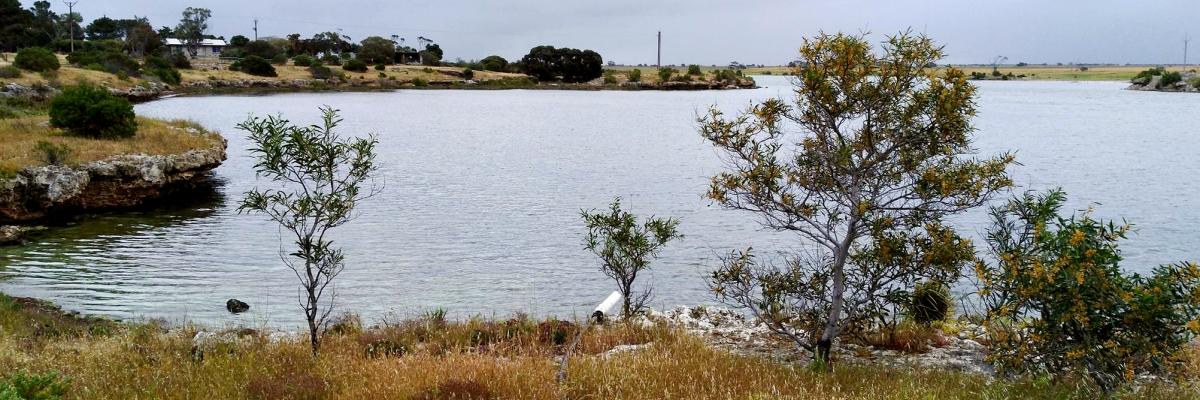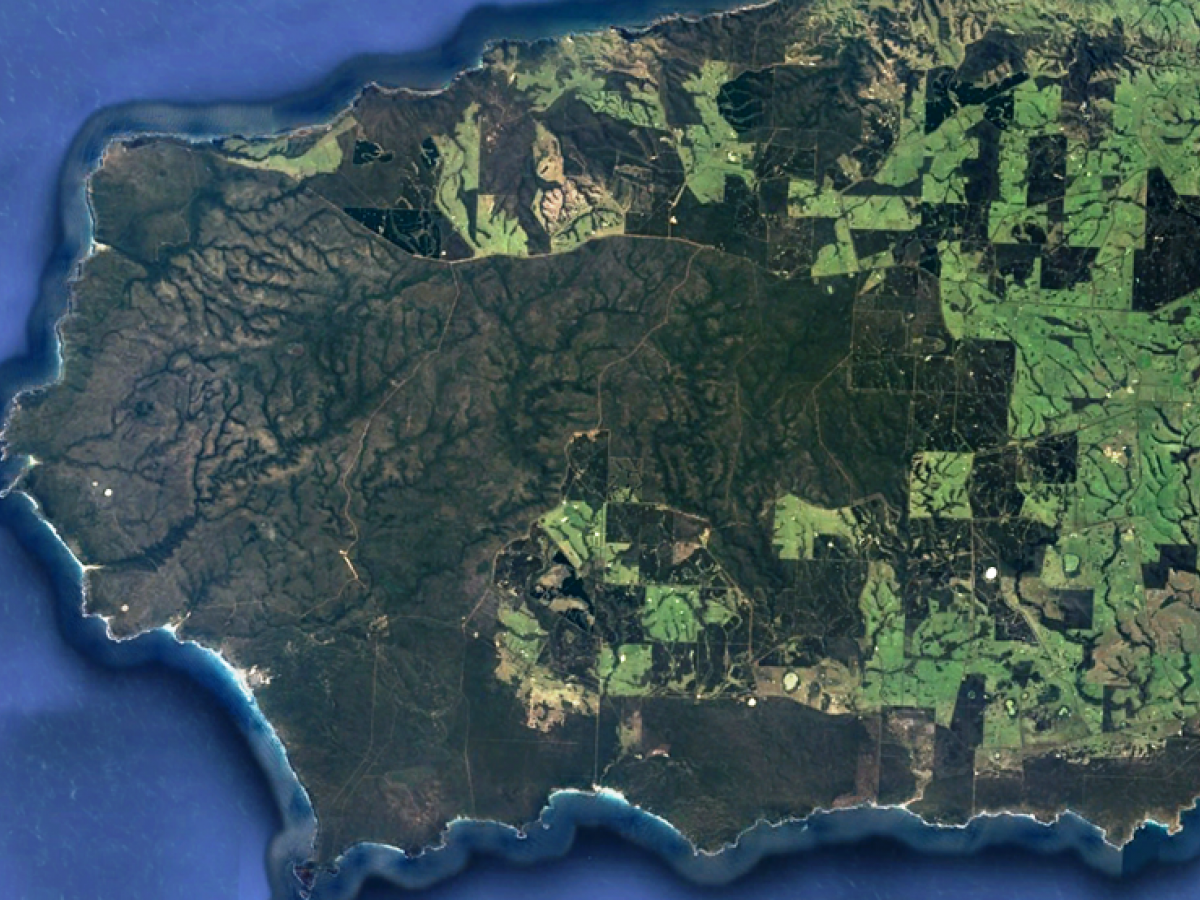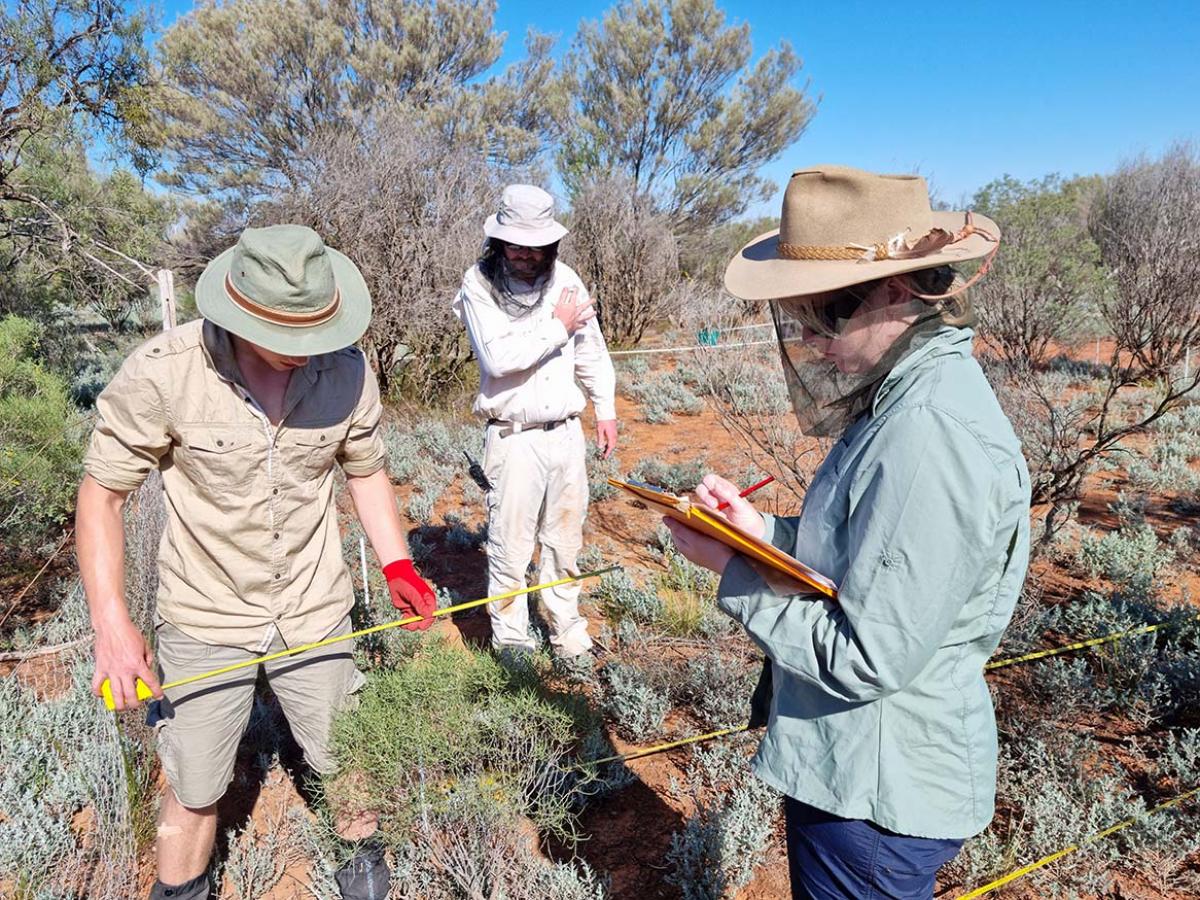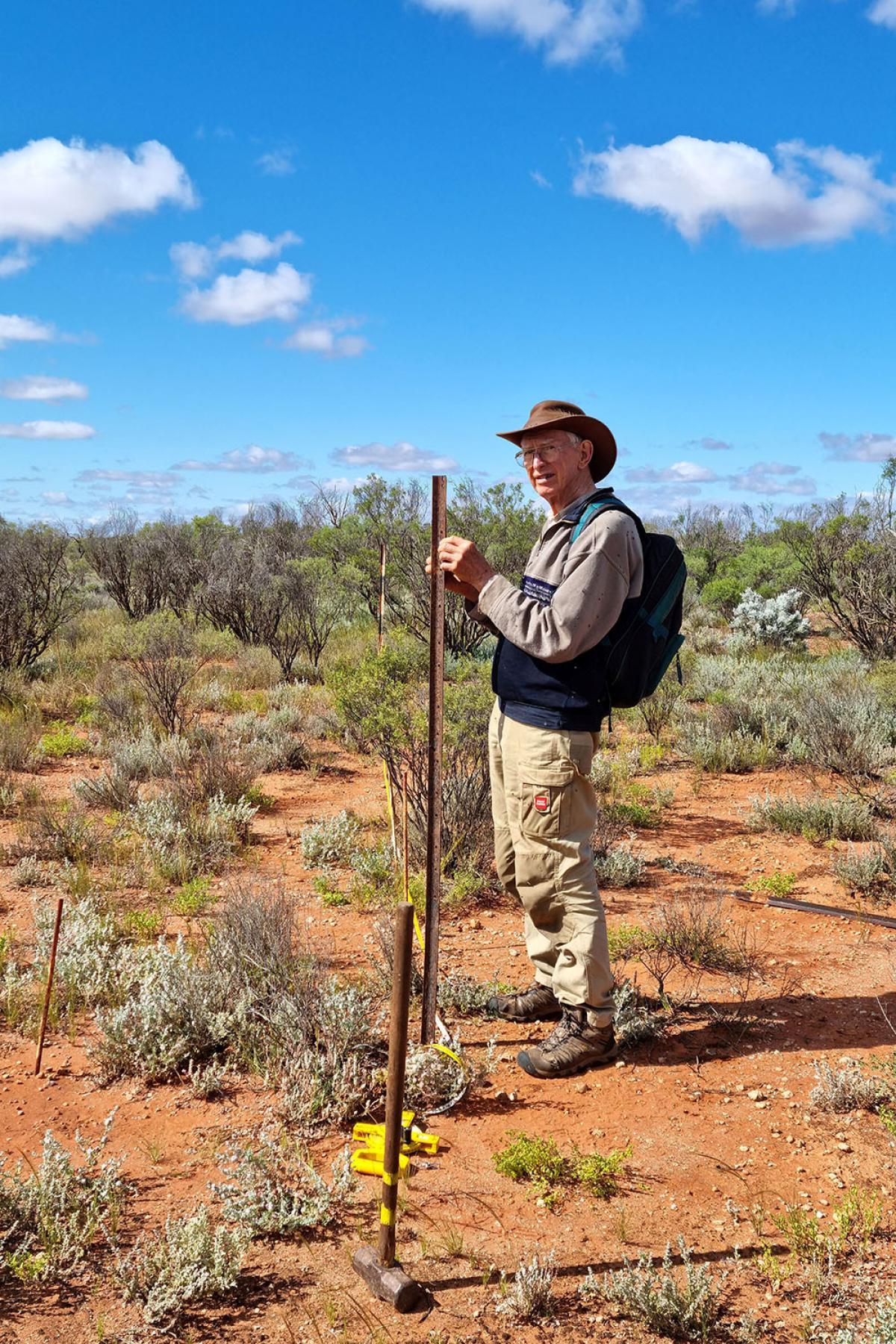Field Stations
Fieldwork is a vital element of environmental education and research within the School of Biological Sciences.
A number of field stations provide excellent facilities to support these activities, some maintained with the support of volunteers, donors and research partners.

Coobowie Marine Research Station
Yorke Peninsula
The Coobowie Marine Research Station provides an ideal base for education and research in South Australian coastal, marine and estuarine environments.
The site is used by the School of Biological Sciences for teaching and research, and by affiliate organisations including the SA Museum for regular monitoring programs. Coobowie is often a base for University scuba enthusiasts diving at the nearby Edithburgh jetty.
Marine ecology field camps at Coobowie are a highlight of the Bachelor of Science (Marine Biology). The camps pose real-world challenges to students that encourage teamwork. Activities include exploration and sampling of the rocky shore habitats and organisms to understand their ecology and answer research questions.
Facilities and enquiries
The property has waterfront access to Salt Creek, and comprises a main building and a 80 square metre lab area. Accommodation consists of a bedroom with bunk beds, lounge, dining area, kitchen with servery and store room. There is also a separate amenities block and outside covered area.
Contact: Paul Smith
Flinders-Baudin Centre

Kangaroo Island
The Flinders-Baudin Research Centre (FBRC) is situated within Flinders Chase National Park at the western end of Kangaroo Island.
The centre is jointly managed by the University of Adelaide and the SA Government Department of Environment and Water, and provides an excellent base for environmental education and research.
It is used by universities, school and community groups as well as government agencies.
History
The University of Adelaide first established a modest field station at Rocky River in Flinders Chase National Park in the 1960s.
It was replaced by the current modern Flinders-Baudin Research Centre, built with funds raised by the University of Adelaide Zoology Department, including generous support from international water companies Thames Water and Veolia, the French company Thales, as well as SA Water and several South Australian Government departments. The Centre was opened in February 2004 by Dick Smith AO.
Research snapshot
The research centre and early field station in Kangaroo Island have a long history of environmental research. Much of this focuses on the ecology and ecological physiology of vertebrates including mammals (koalas, tammar wallabies, echidnas, brush-tailed possums, fur seals and platypus), birds (Cape Barren geese, brush turkeys, stone curlews) and reptiles (goannas).
Other studies include recovery of the vegetation and fungi after fire, pollination of native plants, interactions interactions between native pollinators and introduced honeybees, the ecological characteristics and health of the pristine freshwater streams within the park.
Facilities and enquiries
The Flinders-Baudin Research Centre is adjacent to the Flinders Chase Visitor Centre at Rocky River in Flinders Chase National Park.
The Research Centre consists of a main meeting room or dining room, a large kitchen, a separate laboratory, an ablutions block and 5 bunkrooms each with two bunks giving the centre the capacity to sleep 20 people comfortably.
FBRC instructions and conditions of use
Contacts: Paul Smith and Associate Professor David Paton
Koonamore TGB Osborn Vegetation Reserve

Koonamore TGB Osborne Vegetation Reserve is one of the longest running arid vegetation monitoring sites in the world. Since 1926 the Reserve has provided generations of scientists, students and volunteers the opportunity to study and preserve the unique arid ecology of the region.
The Reserve is set in low open chenopod shrubland and woodlands on Koonamore Station, a sheep grazing lease 400 Km NE of Adelaide, South Australia. A four-roomed cottage ‘Bindyi’ and facilities stand adjacent.
Koonamore Reserve aerial landscape view
History
In the mid-1920s Professor TGB Osborn and his colleagues at the University of Adelaide extended their interests in vegetation to the arid zone of South Australia, responding to concerns about widespread degradation under stock grazing. A 400-ha area was fenced to exclude sheep and rabbits, and the subsequent regeneration of the vegetation was monitored with a series of permanent quadrats and photo points.
The Reserve records now contain a history of the vegetation regeneration for almost 100 years without sheep grazing and supressed rabbits, with rabbits being more consistently controlled over the last 40 years to almost zero at present. Kangaroos and emus have been seasonally present – although lately maybe more filtered with current fencing efforts to exclude the recent threat from feral goats.
Research snapshot
Monitoring work at Koonamore, the curation of its records, site maintenance and administration is continuing with provision from the School of Biological Sciences. In recent years, many of the historical records have been digitalised, making them accessible to new generations of researchers.
The Reserve is the site of numerous studies providing insight into arid zone ecology. Since the original plots were set up more studies have been added to include overhead lichen crust photo points, Myoporum tree monitoring, dead logs degradation, Kangaroo egesta count and salt bush seedling monitoring. There are several cross-fence photos and transects and plots with limited comparison data. There are also various collaborations with Flinders University and CSIRO and Arid Landscape Board activities.

Working with Koonamore Project
If you are interested in volunteering with the Project in anyway or attending a work camp at KVR, please contact one of the people listed below. Please note: There is no public access without prior arrangement.
- José M. (Jope) Facelli, Associate Professor, School of Biological Sciences: jose.facelli@adelaide.edu.au
- David Ladd, Field Associate, School of Biological Sciences: david.ladd@adelaide.edu.au
- General enquiries: sbs@adelaide.edu.au

Support Koonamore
To continue building on the valuable research from one of the few very long-term monitoring projects of this type, we would greatly appreciate your support.
Koonamore Research Project donations are tax deductible.

Tribute to Dr Russell Sinclair
23/01/1941 – 09/07/2023
Dr Russell Sinclair – since 1975 – managed and saved the Koonamore Project. Russell’s consistent effort was greatly appreciated and will not be forgotten. He quietly and meticulously verified plots, managed the data set, innovated new studies and supported student projects, securing maintenance funds and rallied the goodwill of the School of Biological Sciences’ staff and students. Russ has left us with this wonderful legacy to care for and treasure well into the future – thank you.
Before the 2025 Koonamore Project Centenary Russell’s book “History of the TGB Osborn Vegetation Reserve at Koonamore” adds valuable insight about the people and natural history in the Koonamore Reserve land region and the Project findings thus far.
By David Ladd
